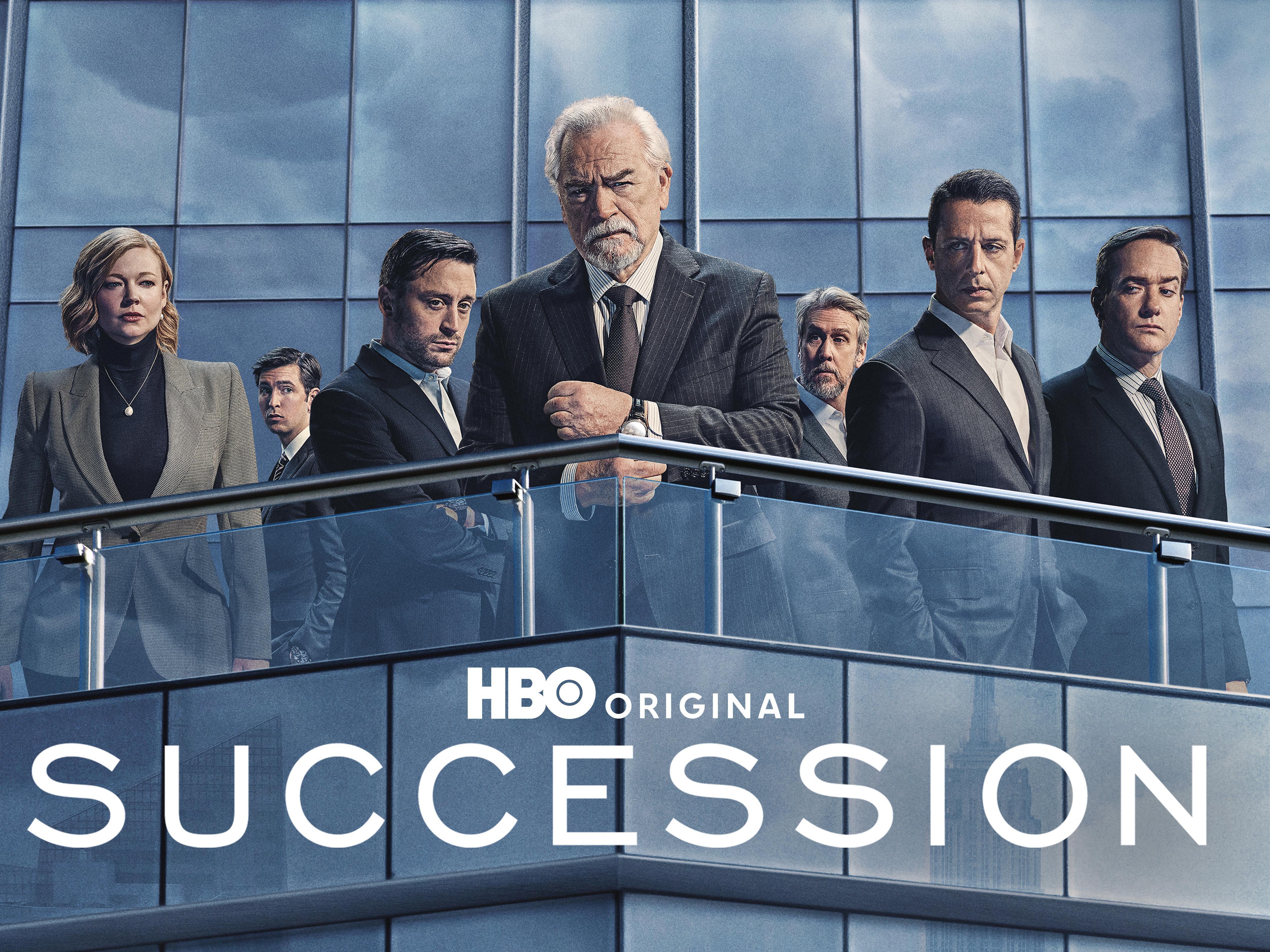In the realm of modern television, where an overwhelming array of dramas compete for viewers’ attention, “Succession” has emerged as a standout series, garnering both critical acclaim and a devoted fanbase. This HBO drama, created by Jesse Armstrong, delves into the intricate power dynamics and familial conflicts within the Roy family, owners of a global media conglomerate. The show’s compelling narrative, complex characters, and sharp social commentary have positioned it as a frontrunner in contemporary television storytelling. This article seeks to explore the elements that contribute to “Succession’s” acclaim, analyzing its narrative structure, character development, and thematic depth to understand what makes it resonate so profoundly with audiences and critics alike.
Complex Character Development and Intricate Storytelling
One of the defining elements of “Succession” is its complex character development. The Roy family, with its mix of ambition, vulnerability, and moral ambiguity, serves as a masterclass in crafting multi-dimensional characters. Each member of the family is driven by unique motivations and fears, resulting in a dynamic interplay that keeps viewers captivated. For instance, Logan Roy, the patriarch, is a fascinating study in power dynamics—ruthless yet occasionally tender, a man whose decisions are often unpredictable. This depth allows for a narrative where alliances shift, and loyalties are tested, adding layers to the story.
- Kendall Roy: A character perpetually caught between his desire to succeed and his craving for his father’s approval.
- Shiv Roy: Balances her political ambitions with the complexities of familial loyalty.
- Roman Roy: Offers a blend of wit and insecurity, masking his deeper vulnerabilities.
- Tom Wambsgans: Represents the outsider’s perspective, his aspirations often clashing with the harsh realities of the Roy empire.
The storytelling in “Succession” is equally intricate, weaving together themes of power, betrayal, and the corrosive nature of wealth. The narrative unfolds with a meticulous pace, allowing the audience to delve into the nuanced dynamics of the Roy family. The show’s creators employ a blend of sharp dialogue and dramatic tension, creating a world that feels both larger-than-life and intimately personal. This approach ensures that each episode is not just a continuation of the plot but a deep dive into the psyche of its characters, making the series a standout in contemporary television drama.
Masterful Use of Tension and Pacing
In the realm of television drama, few shows manage to sustain a high-wire act of tension and pacing quite like “Succession”. This critically acclaimed series has mastered the art of keeping viewers on the edge of their seats by employing a delicate balance of dramatic elements. The show’s creators skillfully manipulate the tempo, allowing scenes to breathe with a slow burn before escalating into moments of high-stakes conflict. This approach not only amplifies the emotional impact but also enhances the storytelling, ensuring each episode feels meticulously crafted.
- Layered Character Dynamics: The intricate relationships among the Roy family members serve as a constant source of tension. Each interaction is laden with underlying motives and potential betrayals.
- Strategic Narrative Shifts: The series excels in shifting focus between different storylines, maintaining a dynamic rhythm that keeps the audience engaged without feeling overwhelmed.
- Unpredictable Plot Twists: By introducing unexpected developments at pivotal moments, the show maintains a sense of unpredictability, leaving viewers eagerly anticipating the next turn.
Through these techniques, “Succession” not only captivates its audience but also sets a benchmark for how tension and pacing can elevate a drama to exceptional heights.

Exploration of Power Dynamics and Family Relationships
At the heart of Succession lies a profound examination of the intricate web of power dynamics that permeate family relationships. The series masterfully portrays how authority and control are negotiated within the Roy family, where each member is both a player and a pawn in a high-stakes game. The tension between personal loyalty and ambition creates a complex narrative, revealing the fragility and volatility of familial bonds under the strain of corporate machinations.
- Hierarchical Tensions: The constant struggle for dominance between siblings and the patriarch, Logan Roy, showcases a hierarchy that is as much about emotional leverage as it is about business acumen.
- Manipulation and Betrayal: Family members often resort to manipulation and betrayal, underscoring the paradox of seeking love and validation from those they simultaneously undermine.
- Succession and Legacy: The pursuit of power is not just about control of the empire but also about shaping and securing one’s legacy, reflecting the universal desire for significance and remembrance.
The series delves into how these dynamics affect personal identities, with characters oscillating between vulnerability and ruthlessness. It presents a microcosm of how power can distort familial love, challenging the notion that blood ties inherently guarantee loyalty and trust.

High-Quality Production and Strong Performances
One of the most remarkable aspects of Succession is its impeccable attention to detail in production quality. The series boasts a cinematic feel, thanks to its expert use of lighting, set design, and camera work that captures both the opulence and the claustrophobia of the Roy family’s world. The settings are not just backdrops; they are integral to the storytelling, reflecting the characters’ inner turmoil and external conflicts. From the grandeur of corporate boardrooms to the intimate confines of family gatherings, every scene is meticulously crafted to enhance the narrative.
The show’s success is also rooted in its strong performances. Each cast member delivers a nuanced portrayal, bringing depth to their complex characters. Standout performances include:
- Brian Cox as Logan Roy, whose commanding presence and intricate portrayal of a ruthless patriarch anchor the series.
- Jeremy Strong as Kendall Roy, capturing the turbulent journey of a man caught between ambition and vulnerability.
- Sarah Snook as Shiv Roy, offering a compelling mix of intelligence and ambition, coupled with underlying insecurity.
The chemistry among the ensemble cast creates a dynamic tension that is palpable, making each episode a masterclass in dramatic storytelling. This synergy between high-quality production and exceptional performances is what elevates Succession to the echelon of television’s finest dramas.
